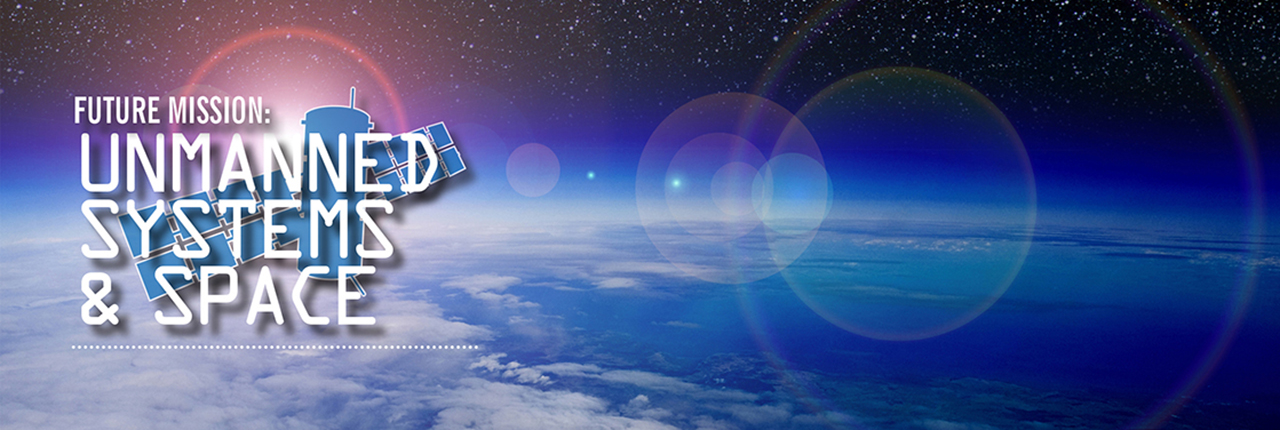
Unmanned Systems and Space
The ability of the U.S. to identify potential threats and meet them with an appropriate response has moved beyond the landscape of the traditional battlefield into the skies and even space. According to the 2014 Quadrennial Defense Review, “space… remains vital to U.S. security” because of the capabilities of our “increasingly sophisticated adversaries.”
Defending freedom requires the use of intelligence, surveillance, reconnaissance and intervention capabilities that take full advantage of satellites and unmanned aerial systems (UAS) to extend our reach and give the U.S. and its allies a significant advantage.
Washington State has a long history in both space vehicles and UAS. The state is the second largest producer of unmanned vehicles in the United States, producing more than 700 systems a year, and thanks to its 100-year history of aerospace know-how, is well respected in the areas of spacecraft design, propulsion, software and hardware, advanced materials and engineering.
A research and training center of excellence
Leading the way is the state’s research and development capabilities, including the William E. Boeing Department of Aeronautics and Astronautics at the University of Washington. Academic R&D is enhanced by the presence of the Pacific Northwest National Laboratory – one of only 10 such labs in the country – and research labs in the private sector, such as Andrews Space and Tethers Unlimited, which have received $2 million in Department of Defense grants.
Washington’s Naval Air Station on Whidbey Island and the Yakima Training Center in Central Washington offer large expanses of airspace for UAS development and testing. The Yakima facility can provide the military with an ideal training ground for UAVs, allowing personnel to acclimate to the most sophisticated unmanned vehicles in a secure, remote location, away from population centers. The University of Washington, which is already part of the Washington NASA Space Grant Consortium, is seeking additional funding through the National Space Grant College and Fellowship to allow it to continue to fund research and education to ensure that the U.S. remains the leader in aerospace technology and science.
Why Washington?
Washington’s critical mass of aerospace firms, advanced materials companies and information and communication technology businesses has created an ecosystem where new ideas are readily shared across industries, creating new technologies and concepts in the areas of aviation, space and UAS. That, when combined with a highly skilled workforce of more than 132,500 aerospace workers, offers the military an ideal environment in which to ensure the security of space while improving the capabilities of unmanned systems to provide reconnaissance, surveillance and intelligence to forces on the ground and command centers.
